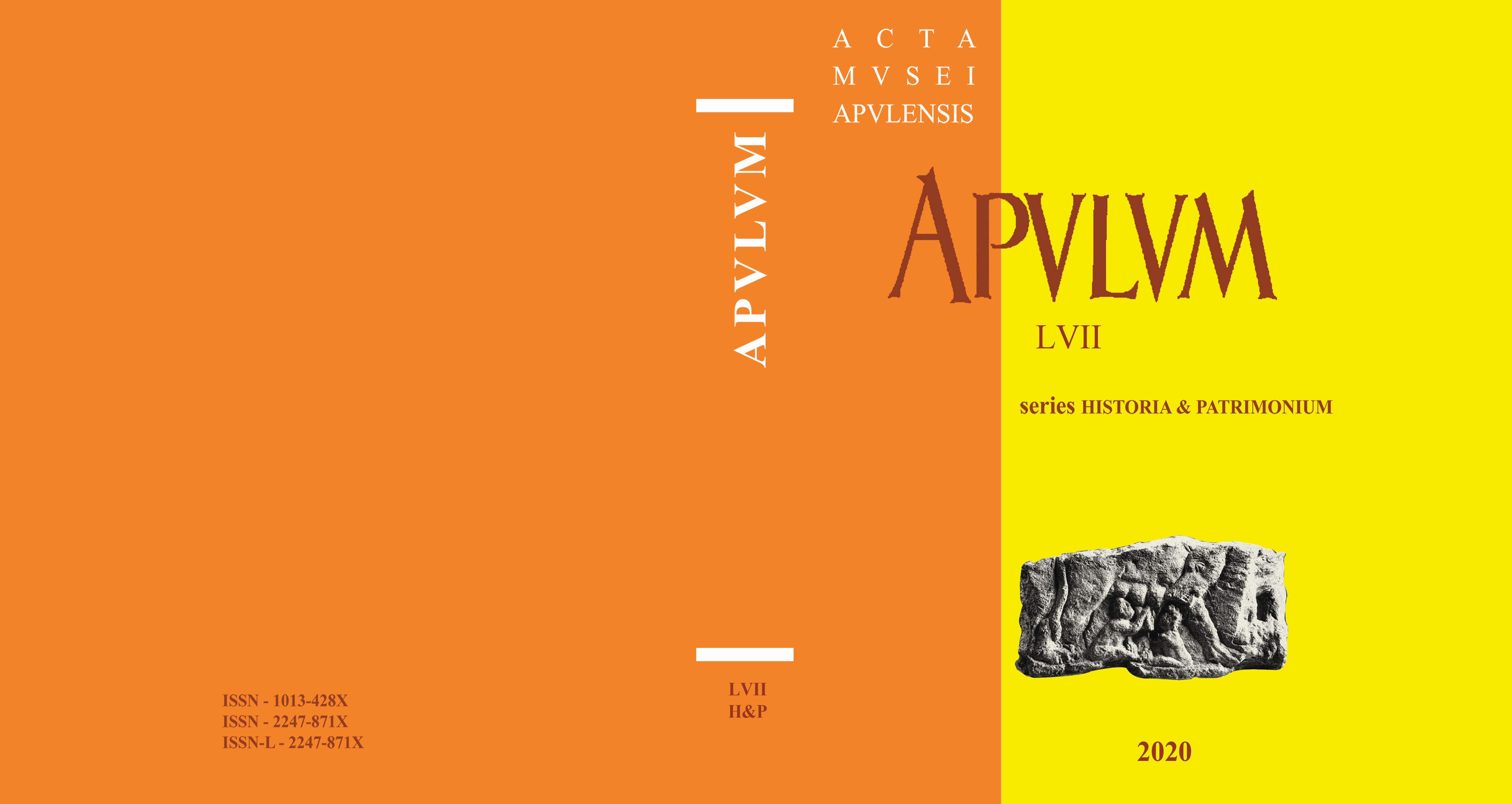Trianonul în publicistica maghiară din Transilvania (1920-1921)
Trianon in the Magyar Media from Transylvania (1920-1921)
Author(s): Alexandru PorţeanuSubject(s): History, Recent History (1900 till today), Interwar Period (1920 - 1939)
Published by: Muzeul National al Unirii Alba Iulia
Keywords: peace conference; ratification; Romanian-Hungarian relations; minority; self-determination;
Summary/Abstract: The Magyar public opinion was aware that the end of the war would bring about the limitation of the Hungarian territory to the area represented by the Magyar majority. The state of mind of the Magyars left outside Hungary evolved toward their adjustment and integration to the new realities. The completion and signing of the Trianon Treaty were closely followed by the Magyar publications in Transylvania, especially from the perspectives of the Romanian-Magyar relations. The debates of the House of Lord in London were followed as well. The Cluj newspaper ELLENZEK (The Opposition) stressed that “We represent the Magyar point of view, the Magyar books. Our mission is to live and stay here, as the Trianon Treaty secures us solid rights”. The weekly newspaper SZILAGYSAG (Sălaj county) declared that “we, here, together with the Romanians, Swabians and Saxons will sincerely debate our common problems”. In the literary field, “The Poems of the Expected End” by Remenik Sandor, particularly appreciated in his time, were the subject of an extensive study published in the U.S.A. Trianon in Transylvanian Hungarian Literature, Sandor Remenik’s “Vegvary Poems”, Pittsburg, 1985, by Agnes Huszar Vardy (Duquesne University, studies in History). The initial period (1920-1921) displays the original, natural image of the problem essentials, their real significance. During the following periods, they will be partially altered by the interference and succession of various unfavourable political conjunctures.
Journal: Apulum
- Issue Year: 57/2020
- Issue No: 1
- Page Range: 95-100
- Page Count: 6
- Language: Romanian
- Content File-PDF

